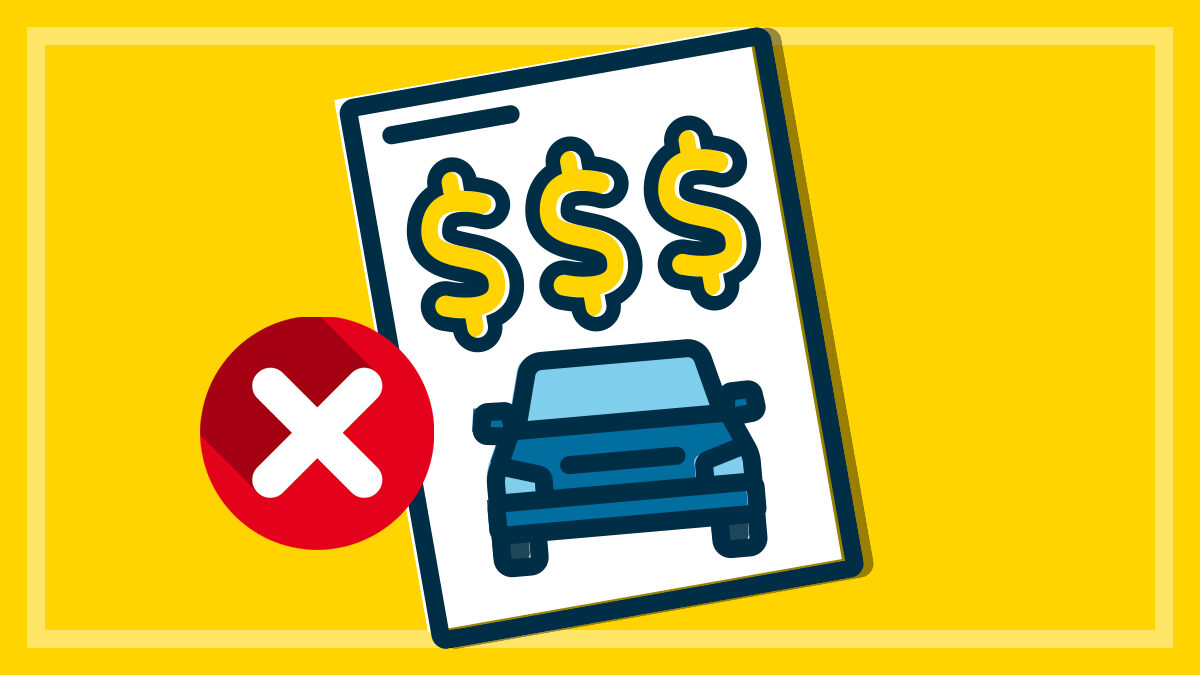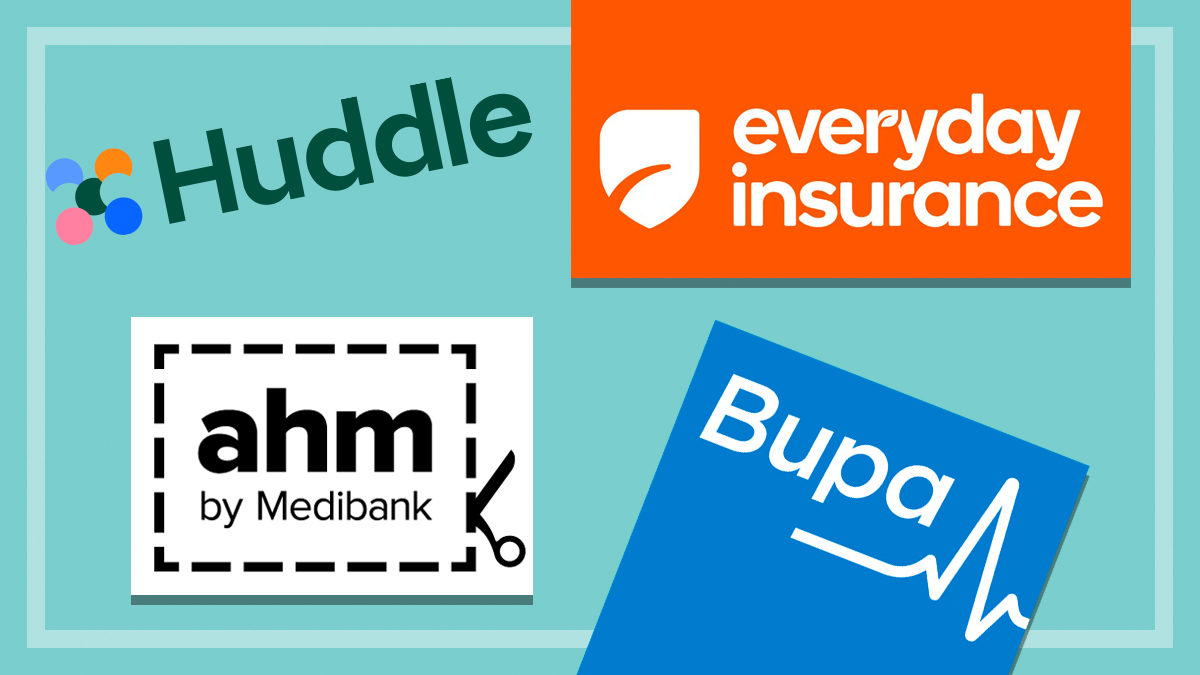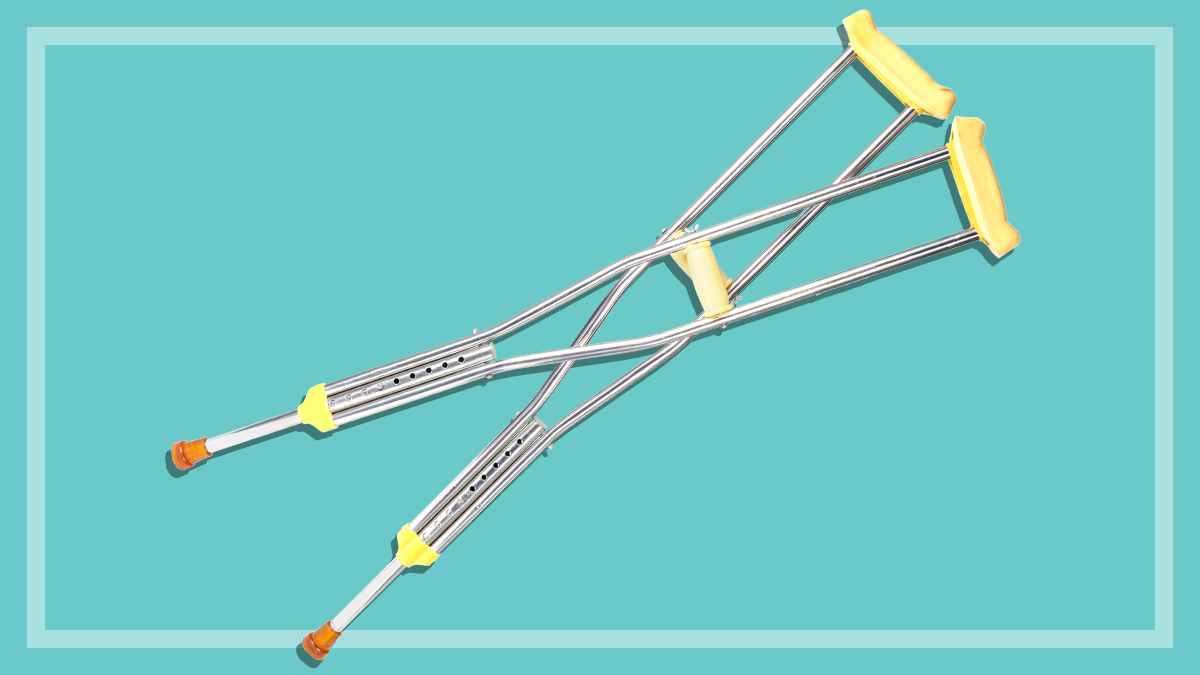Get our independent lab tests, expert reviews and honest advice.
Private health insurance industry statistics

Need to know
- More than half of Australians (54.6%) have extras cover for services like dental check-ups, optical and physiotherapy
- Just under 45% of Australians have hospital cover for surgery, accidents, illnesses or chronic disease management
- Medibank and Bupa hold over 52% of the private health insurance market between them
On this page:
- How many Australians have private health insurance?
- Hospital insurance policyholders by age group
- Which health insurers are Australia's biggest?
- Health funds and their brands
Private health insurance in Australia is a complex, ever-evolving beast. Cost-of-living pressures have affected industry trends significantly, with people balancing their health needs with their wallets.
Read on to find out more about who has private health insurance, what the latest trends are, and the major private health insurance players in Australia.
How many Australians have private health insurance?
From 2015–2019, the rate of Australians with private health insurance steadily declined, but this trend reversed during COVID-19. People took up private health insurance during the pandemic as they became more focused on their health.
Somewhat surprisingly, Australians took up extras cover as well, even though out-of-hospital health services such as dental, optical, chiropractic and physiotherapy were restricted due to social distancing.
Currently, overall health insurance membership numbers hold steady.
In 2024:
- 54.6% of Australians have extras cover
- 44.8% of Australians have hospital cover
- most people have a combined health insurance policy.
It will be interesting to see how health insurance membership figures develop in the next few years.
Thinking about buying health insurance? Our experts explain what you need to know about hospital cover and extras cover as well as a few other things you should be aware of before you commit.
Percentage of people with hospital and extras health insurance since 2012
2012
Hospital insurance: 46.7%
Extras insurance: 54.4%
2013
Hospital insurance: 47%
Extras insurance: 55.1%
2014
Hospital insurance: 47.3%
Extras insurance: 55.5%
2015
Hospital insurance: 47.2%
Extras insurance: 55.7%
2016
Hospital insurance: 46.5%
Extras insurance: 55.2%
2017
Hospital insurance: 45.7%
Extras insurance: 54.7%
2018
Hospital insurance: 44.7%
Extras insurance: 54%
2019
Hospital insurance: 44%
Extras insurance: 53.4%
2020
Hospital insurance: 44.2%
Extras insurance: 53.8%
2021
Hospital insurance: 44.9%
Extras insurance: 54.7%
2022
Hospital insurance: 44.9%
Extras insurance: 54.8%
2023
Hospital insurance: 44.9%
Extras insurance: 54.6%
2024
Hospital insurance: 44.8%
Extras insurance: 54.6%.
Hospital insurance policyholders by age group
When looking at total membership numbers for hospital insurance per age bracket, the highest amounts are in the groups aged 35 through 55 years – likely because there are more Australians in these age categories.
The proportion of the population with hospital insurance increases with age, though. People are most likely to have private hospital insurance when they’re aged 70 to 84.
Young adults aged 25 to 29 are the least likely age group to have hospital insurance. This group has generally matured beyond relying on their parents’ family policy for their health needs, but are not yet affected by the Lifetime Health Cover loading for hospital insurance, which kicks in at age 31. They’re also less likely to incur the Medicare surcharge tax, which kicks in above a certain income if you don’t have hospital insurance.
If you currently have health insurance and want to check whether you’re getting the best deal, we developed a tool that lets you compare health insurance policies based on your needs so you can find cover that works for you, and potentially save yourself hundreds.
Percentage of people insured for hospital cover
Age bracket: 95+
Percentage of age bracket: 40.5%
Age bracket: 90 to 94
Percentage of age bracket: 48%
Age bracket: 85 to 89
Percentage of age bracket: 51.8%
Age bracket: 80 to 84
Percentage of age bracket: 55.2%
Age bracket: 75 to 79
Percentage of age bracket: 54.1%
Age bracket: 70 to 74
Percentage of age bracket: 54.8%
Age bracket: 65 to 69
Percentage of age bracket: 53.7%
Age bracket: 60 to 64
Percentage of age bracket: 51.2%
Age bracket: 55 to 59
Percentage of age bracket: 51.4%
Age bracket: 50 to 54
Percentage of age bracket: 50%
Age bracket: 45 to 49
Percentage of age bracket: 52.2%
Age bracket: 40 to 44
Percentage of age bracket: 50.4%
Age bracket: 35 to 39
Percentage of age bracket: 45.7%
Age bracket: 30 to 34
Percentage of age bracket: 37.4%
Age bracket: 25 to 29
Percentage of age bracket: 26.4%
Age bracket: 20 to 24
Percentage of age bracket: 32.7%
Age bracket: 15 to 19
Percentage of age bracket: 45.7%
Age bracket: 10 to 14
Percentage of age bracket: 46.6%
Age bracket: 5 to 9
Percentage of age bracket: 44.6%
Age bracket: 0 to 4
Percentage of age bracket: 36.8%.
Source: APRA 2025
Which health insurers are Australia’s biggest?
Private health insurance in Australia is dominated by Medibank and Bupa, who hold 52% of the market between them, with HCF, NIB and HBF rounding out the top five.
- Medibank (including AHM) – 26.7%
- Bupa – 25.4%
- HCF – 12.6%
- NIB – 9.7%
- HBF – 8.1% (most HBF members are based in Western Australia)
- Teachers Health – 2.6%
- Australian Unity – 2.2%
- GMHBA – 2.2%
- Defence Health – 2.0%
- CBHS – 1.4%
- Others – 7.1%
Market share of private health funds in Australia
- Medibank (including AHM) – 26.7%
- Bupa – 25.4%
- HCF – 12.6%
- NIB – 9.7%
- HBF – 8.1% (most HBF members are based in Western Australia)
- Teachers Health – 2.6%
- Australian Unity – 2.2%
- GMHBA – 2.2%
- Defence Health – 2.0%
- CBHS – 1.4%
- Others – 7.1%
Source: APRA 2025
Market share of smaller health funds
There can be some distinct advantages to going with a smaller health fund. All health funds, big and small, are required to meet the same standards, and small funds will give you just as much choice over who treats you as larger funds – in a lot of instances, the smaller funds will even be cheaper.
These 22 health funds have less than 1% market share each.
- ACA
- AIA Health
- CBHS Corporate
- Doctors’ Health
- HCI
- Health Partners
- HIF
- Hunter Health
- Latrobe Health
- Mildura Health Fund
- Navy Health
- Onemedifund
- Peoplecare
- Phoenix
- Police Health
- QCH
- Reserve Bank
- St.Lukes Health
- TUH
- Westfund
Health funds and their brands
What can make health insurance confusing is the sheer number of funds you can choose from – something that gets trickier when you realise a single health insurer can operate multiple brands. In some cases it’s a matter of a premium brand and a budget brand, like in the case of Medibank (premium) which also operates AHM (budget). It’s the same for GMHBA (premium) and Frank (budget).
There are some funds with restricted membership which market themselves across multiple sectors. For example:
- Emergency Services Health is part of Police Health
- UniHealth and Nurses & Midwives Health are part of Teachers Health
- Union Health is part of TUH Health Fund.
Some health insurers will sell the same policy under different brand names, and sometimes with different premiums. For example, NIB sells policies under the following brand names:
- AAMI
- Apia
- Australian Seniors
- Grand Union or GU (for corporate policies)
- ING
- Qantas
- Priceline
- Real
- Seniors
- Suncorp.
When our experts analyse and compare health insurance, they compile data on thousands of policies from more than 40 insurers, including the brands that insurers like NIB own or administer. Unlike other comparison sites, we don’t take commissions from any insurers, which means we can show you more of the market and find the best-value policies that match your needs.





